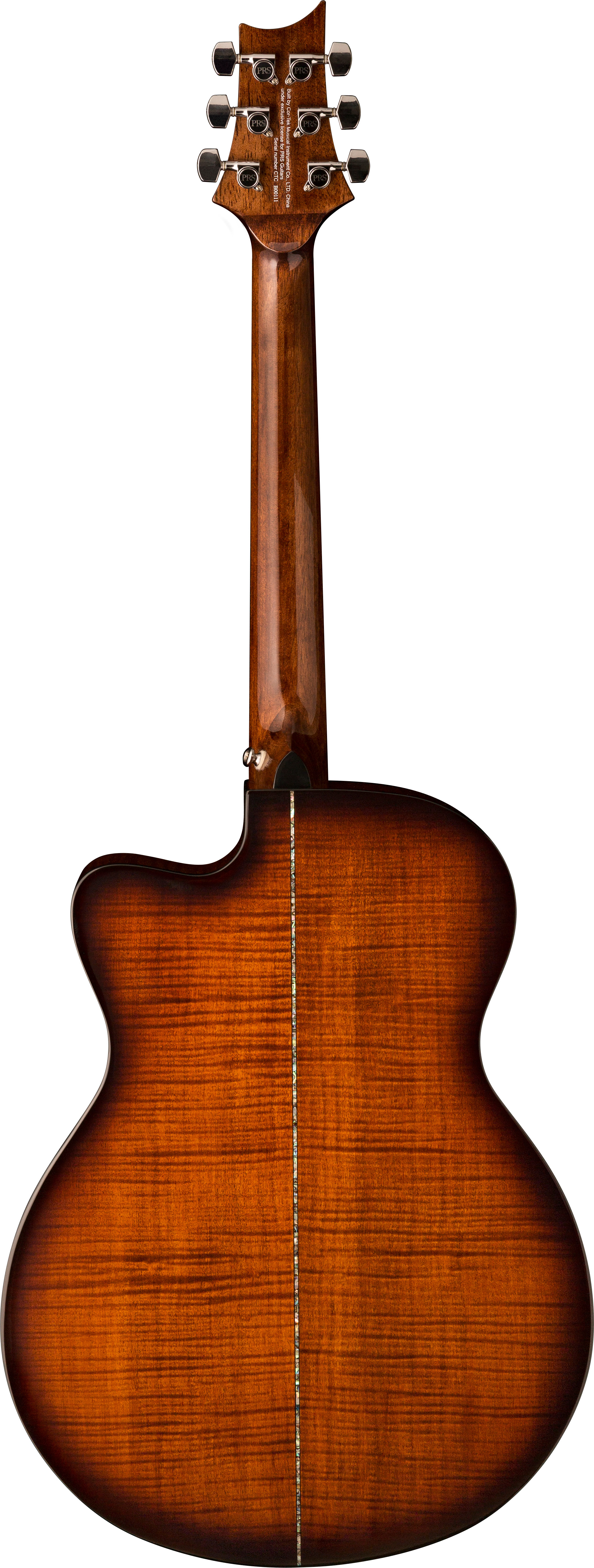

The company began using its first CNC machine in 1990. “If it works, leave it well enough alone,” Smith says, but soon the company was designing its own bridges, locking tuners, tremolo systems, and pickups. The company debuted its popular McCarty model in 1994.Īs the company grew, PRS experimented with new finishes, designs, and fretboard ornamentation, but also with many pieces of basic hardware. Smith met former Gibson president and CEO Ted McCarty in the mid-’80s, and the elder man would serve as a mentor to Smith and a consultant to PRS. Why would they buy our stuff unless it was prettier, or played better, or sounded better?” From his early days as a builder, Smith had used highly figured woods, such as curly maple, for guitar bodies, and those woods, along with bird-shaped neck inlays, soon became calling cards. Taking inspiration from classic guitars, Smith’s early models focused on playability, but also on aesthetics. Combining pre-orders with an investment from businessman Warren Esanu, Smith raised $500,000, launched PRS in 1985 and moved into a small factory in Annapolis.

He began showing up at instrument retailers in late 1984, hoping to build up enough pre-orders to expand the operation.


 0 kommentar(er)
0 kommentar(er)
